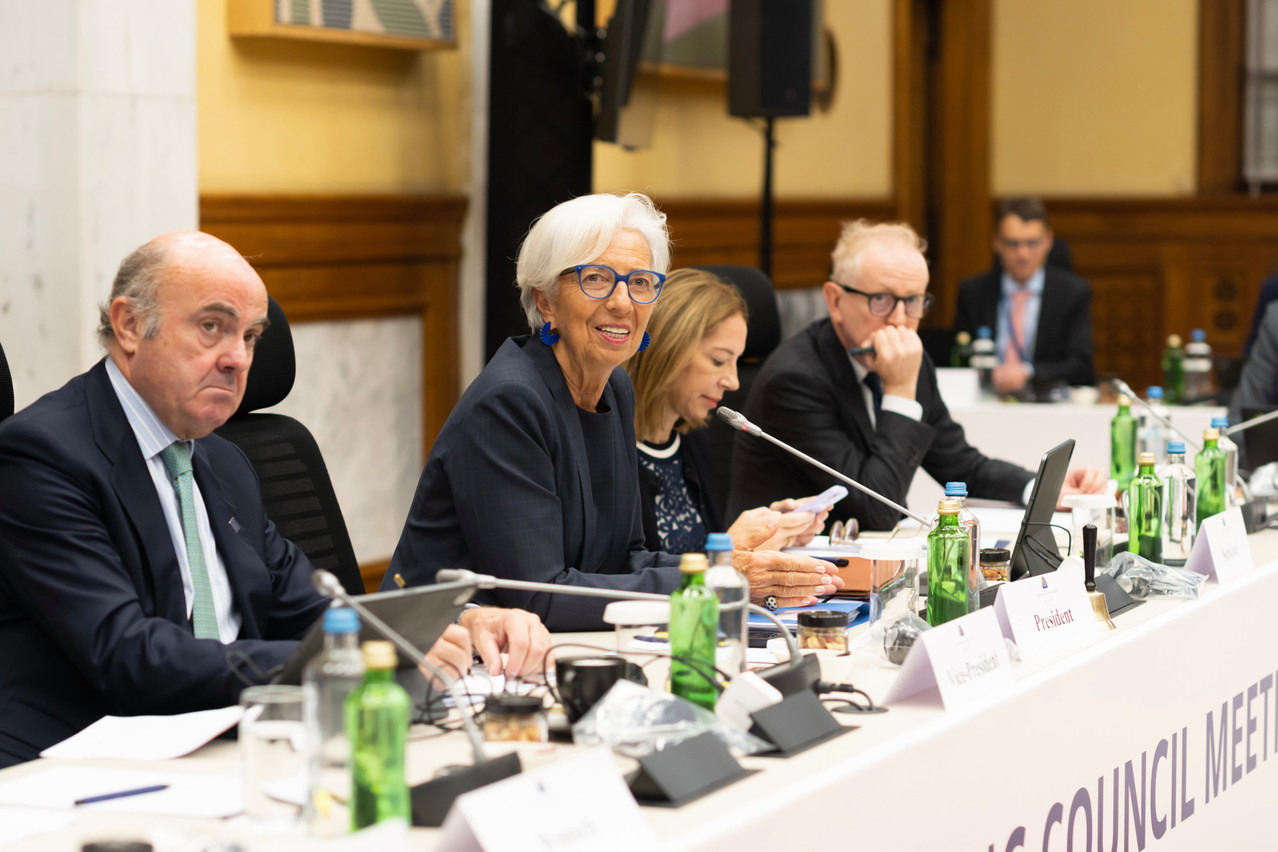In a significant yet widely anticipated shift in monetary policy, the European Central Bank has decided to maintain key banking rates at their current levels, putting a pause on a series of aggressive rate hikes that amounted to 450 basis points since July 2022.
The was made during the governing council meeting on 26 October 2023 in Athens, Greece, where Christine Lagarde, president of the ECB, explained the rationale behind the move.
Lagarde highlighted the substantial impact of the previous rate increases on the eurozone economies, acknowledging the increasing pressure and challenges they have been encountering. She pointed out that recent economic data have a deceleration in economic activity and a reduction in inflation rates. Market analysts had largely this halt in interest rate adjustments, reflecting a broader market consensus.
In September, the inflation rate in the eurozone was reported at 4.3%, marking a noticeable decrease from the 5.2% recorded in August. Annual core inflation, which excludes volatile components like food and energy prices, also fell by a full percentage point. Furthermore, the purchasing managers’ index for the eurozone economy, a key measure of business activity, plummeted to a 35-month low in October, providing additional evidence of the economic slowdown.
Lagarde stressed that, despite the fall in inflation, challenges persist. Inflation is expected to remain higher than the targeted 2% for an extended period, with domestic price pressures continuing to exert influence.
Examining monetary aggregates revealed further details. The broad monetary aggregate M3 showed an annual change of -1.2% in September 2023, a slight improvement from -1.3% in August, with an average of -1.0% over the three months up to September. Meanwhile, the narrower aggregate M1, which includes currency in circulation and overnight deposits, decreased by 9.9% in September, a slight recovery from the -10.4% seen in August.
On the credit front, the ECB data indicated that the annual growth rate of total credit to euro area residents was -0.5% in September 2023, down from -0.2% in the previous month. The annual growth rate of adjusted loans to households also diminished, moving from 1.0% in August to 0.8% in September. This deceleration in adjusted loans to households suggests a decline in consumer confidence, leading to reduced borrowing, while banks have simultaneously been tightening their lending standards and fortifying their balance sheets.
The ECB’s governing council is scheduled to reconvene on 15 November to reassess the broader macroeconomic landscape and determine if any change to the monetary policy stance is warranted.
